This version of Landsknecht Emporium’s Dorothea Dussack has a thick and well-tempered blunt-edged blade to make it more suitable for HEMA drills and controlled sparring. Despite the thicker blade is still manages to stay relatively easy to use and responsive in the hand. The protective guard and pommel are crafted from mild steel and the wooden grip is bound in black leather to complete the hilt. The blade is stoutly peened over the pommel for a robust and secure assembly.
The dussack is a sidearm originating in the early 16th century, and it was first mentioned in the manuscript ‘Ergrundung Ritterlicher Kunst der Fechterey’ written by a fencing master Andre Paurñfeyndt in 1516. It has soon become a standard part of fencing treatments, where they are usually shown as made out of wood (for practicing purposes).
The actual weapon is defined by a now often curved blade, a knucklebow and protection for the back of the hand. The dusack’s blade length usually lies between 635mm and 884mm. When it comes to the blades and hilts, the originals and period depictions show a considerable variation. Per Terje Norheim created a typology for them in 1971 which was translated by Keith Cotter-Reilly in 2020, who inspired us to do this project. From all the available variations, we choose a type G hilt with a type III blade – the latter is approximately equivalent to the Elmslie type 4a++ blade.
The blade and pommel are all fully ground by hand, the cross and the shell are hand- forged in Landsknecht’s Emporium. The peculiar finials and pommel shape are based quite closely on antique Dussacks and are representing stylized sea monsters. According to Major Eivind Eyvang’s publication on the subject (also translated by Keith Cotter-Reilly), dussacks hilted with type G hilts are the lightest variation, with the originals weighing between 920g and 1150g. Our interpretation aims at a weight of 1050-1070 grams which yields a fast, nimble weapon while still having a sturdy enough blade to survive sparring.
While original type G hilts don’t really show any hard connection between the shell and the cross, we decided to braze them together for added security. It is also important to point out that although we slightly oversized the shell and cross, it may not fit heavy, bulky gloves.
Landsknecht Emporium products aim to have the aesthetics of historical pieces, not the finish of mass-produced items. Each product bears the signs of its making; of small tool marks and various handcrafted imperfections, which do not affect the build quality or usability but give each of our pieces its unique character.


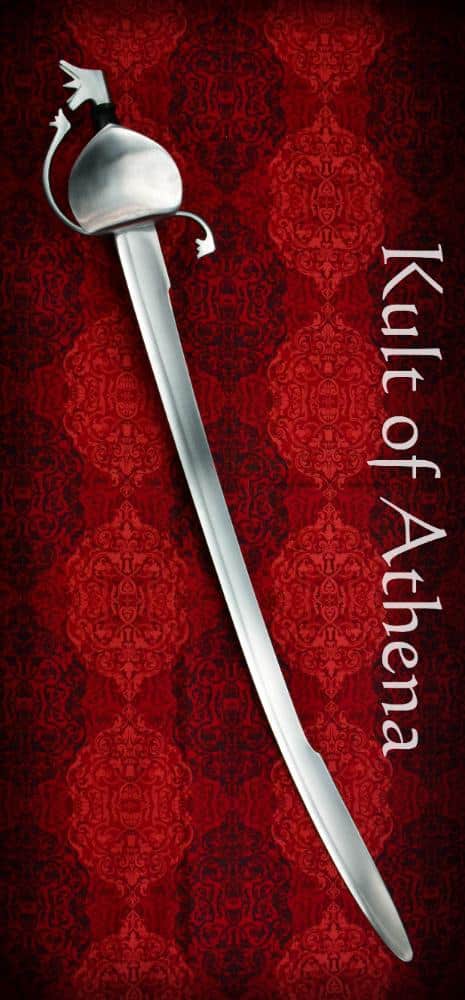

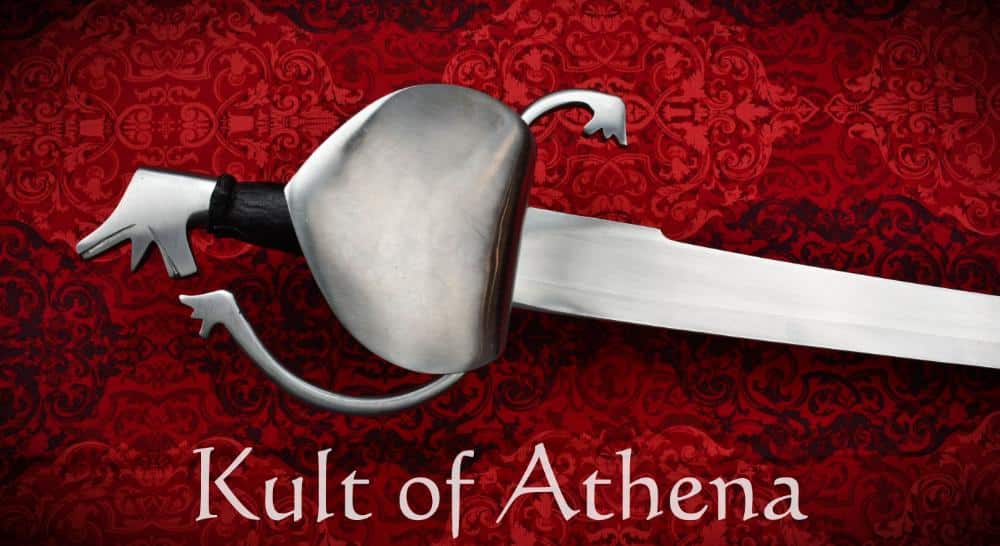
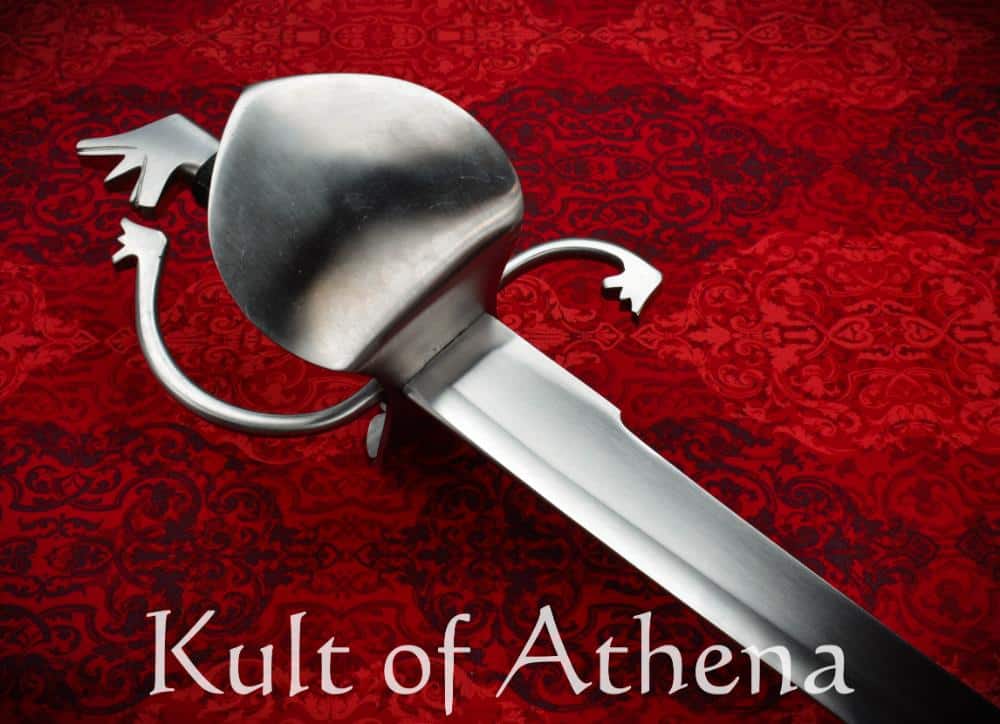
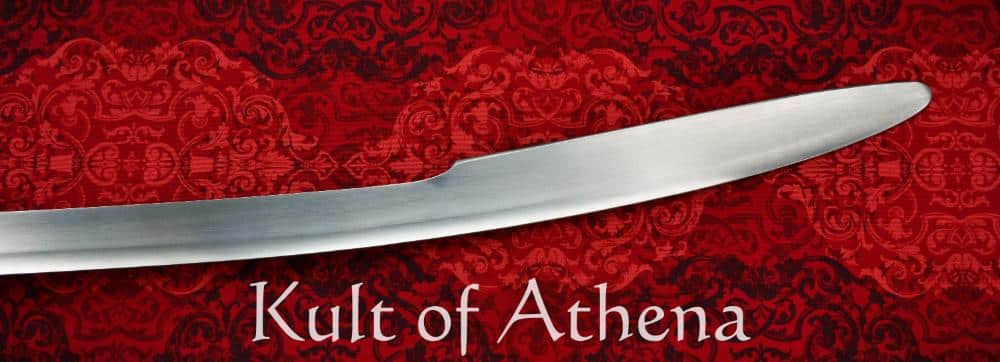
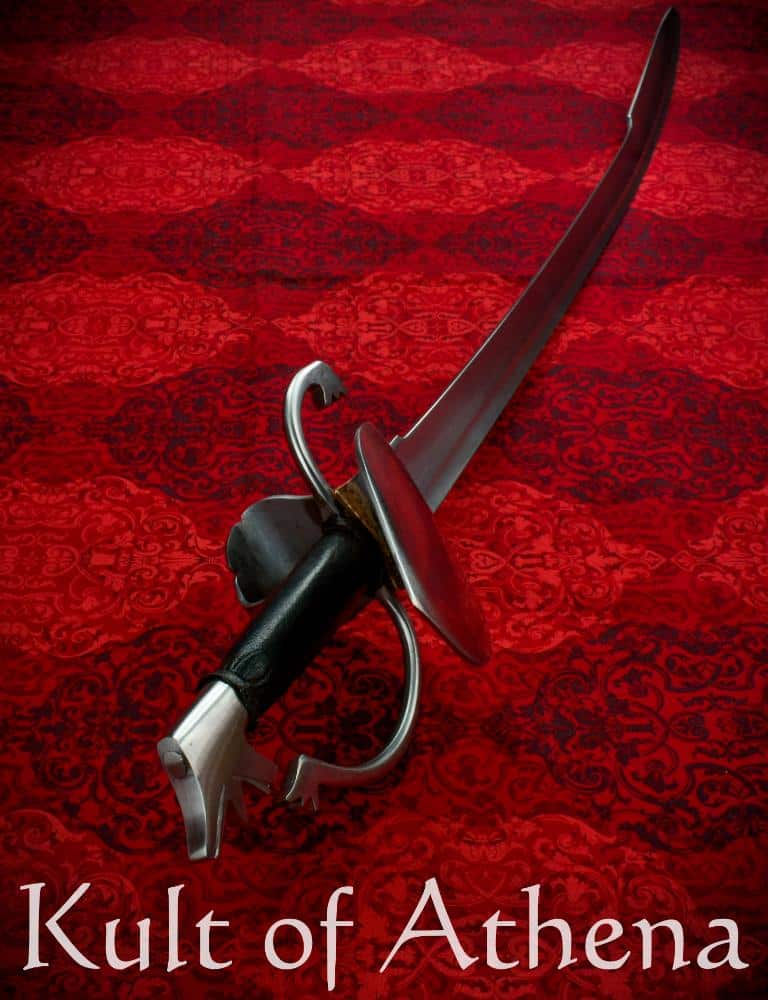

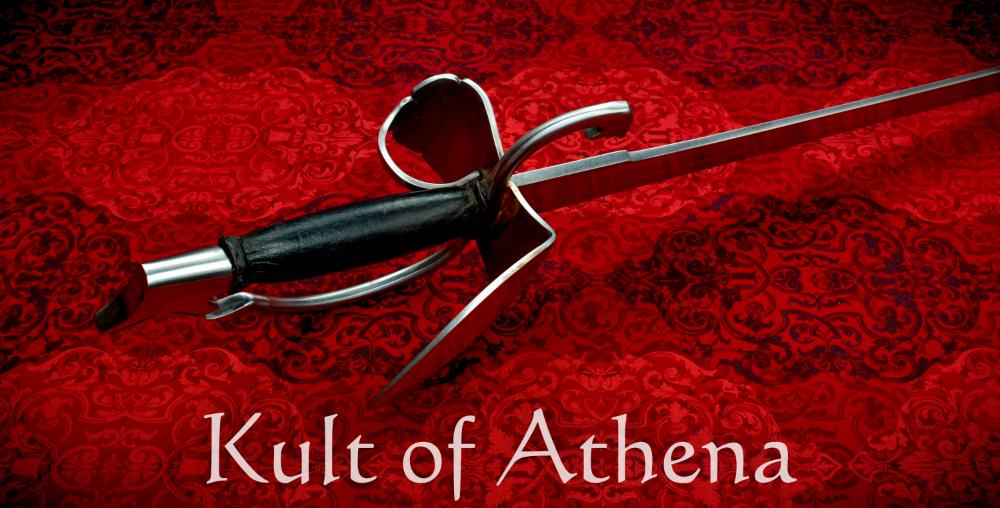
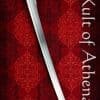
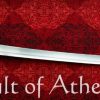
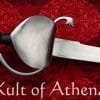
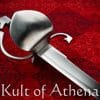
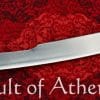

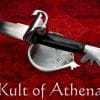
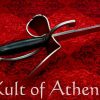
Robert Schryvers –
I have fenced HEMA for a few years now, and have worked with several sword designs.
This Dussack is my favorite Sword for single handed HEMA practice, Goldilocks choice.
Some folks criticize the weight of the sword, I say > get stronger.
Aaron Washick (verified owner) –
Aesthetically, I absolutely love it. Feels heavier in the hand than any other sword I own, and I say that having tried numerous messers and a few dussacks. The blade is somewhat thicker than I think it needs to be which contributes to that. However, as far as I’m aware this is fairly historically accurate, and I find it encourages the user to use their full body in the manner Meyer describes. It is still usable in sparring, but it is a tad less swift than many fencers may be used to. The knucklebow was bent inward more easily than I would like upon receiving a few heavy blows, though I was able to bend it back by hand fairly easily. The back quillon also became slightly off center. Virtually no damage to the blade itself, which also has good flex in the thrust. The shell and thumb ring seem very sturdy. The hilt can fit gloves no larger than red dragons, though there is too much loss in dexterity for me to bother using it with them. Light gloves with fingertip protectors are your best bet. It is a good sword, but it doesn’t surprise it that they are being discontinued(that’s right, get one while you can). Landsknecht Emporium is good at what they do so I have full confidence that a worthy successor will be made.